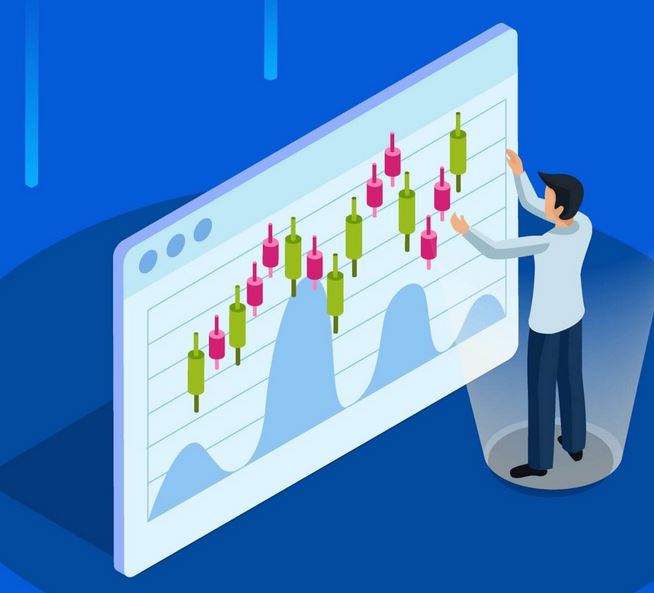Defining the term intraday trading is the concept of selling and buying stocks on the same day, just before the market’s closure. If you somehow fail to do so, the broker will ultimately square off your entire position or might even convert it into a delivery trade.
This type of trading is beneficial for both experienced and beginner traders. Right through this detailed guide, we will discuss the benefits and drawbacks of intraday trading. Have a look below:

Advantages of intraday trading
First of all, we will mention a few important benefits of intraday trading to experience now:
1. No such overnight risk
One significant benefit of intraday trading is that it does not involve any overnight risk. This is because all the traders are squared off on the same day when they execute the trade.
Once the market has closed, any sudden news on the stock will not impact the trades. Thus, any market tragedy happening locally or globally will not affect that specific day.
2. Leverage
The majority of the brokers allow the leverage on the intraday positions to almost 5-10 times. Leverage helps you to boost your profits by investing a smaller amount. But be careful because leverage can also magnify the losses.
3. Selling is short
Different indicators give a sell signal inside the market. Even if you do not own any stock, you can still sell it with the anticipation of buying it later on at a lower price.
An intraday trader can yet short sell any stock because he can buy or even square off his position on that specific trading session. This is how the trader can capitalize on any bearish speculation over the stock.
What are the disadvantages of intraday trading?
Now let’s talk about the significant drawbacks of intraday trading:
1. Extremely risky
Many traders do not know, but intraday trading is hazardous. This is the main reason that the majority of the traders lose their starting capital in just 3 months before starting their job.
To gain high success in intraday trading, you need to know the techniques of risk and trade management. One should know how they can incorporate it like a pro-expert.
2. Need extra attention, focus on detailing and mental stability
For the new traders, the art of performing intraday trading is quite exhausting. It requires your full attention, focusing on the detailing and mental pressure. Some traders are executing trades intraday after every 15 seconds. This is so crazy!
3. Volatility is high
The volatility of the 5-minute or even a 30-minute chart is a lot higher than the monthly or any 6-month chart. Therefore, trading on long-term charts is a bit easier.

Final thoughts
To end the discussion, we will define intraday trading as one of those strategies entirely dependent on precise timing and speed. A high volume degree will make it easier to get inside and out of the trade without any hassle. Thus, the intraday market is highly volatile, and you will experience significant losses and profits in a short period.


